Home>Garden Essentials>How Many Seeds On Strawberry
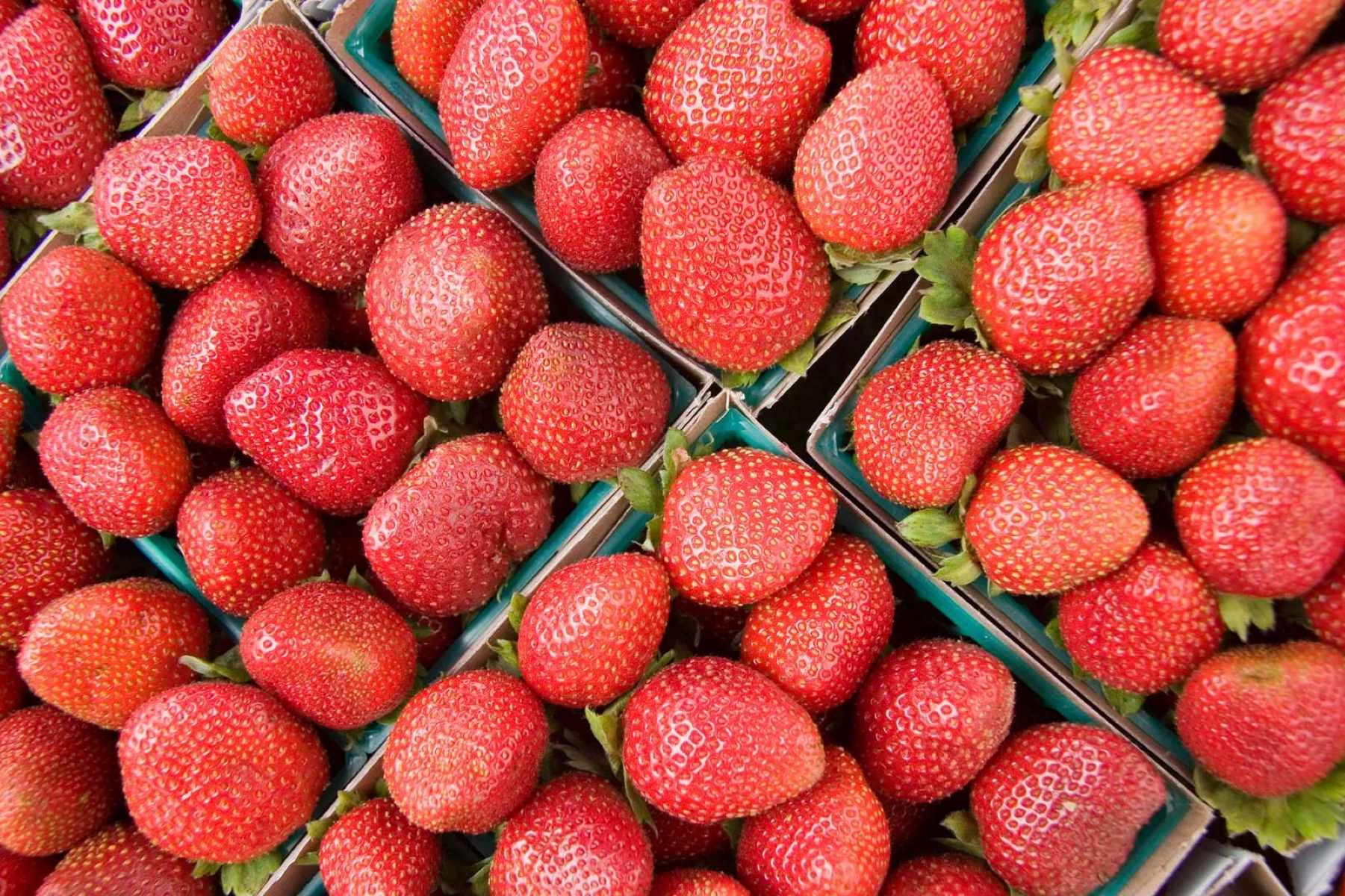

Garden Essentials
How Many Seeds On Strawberry
Modified: March 16, 2024
Discover the secrets of a bountiful garden by learning how many seeds are typically found on a strawberry. Cultivate a thriving garden with this essential knowledge.
(Many of the links in this article redirect to a specific reviewed product. Your purchase of these products through affiliate links helps to generate commission for Storables.com, at no extra cost. Learn more)
Introduction
Strawberries are delightful and popular fruits that are enjoyed by people worldwide. They are not only delicious but also packed with nutrients and antioxidants. While most people think of strawberries as a sweet treat, have you ever wondered about the tiny seeds that dot the surface of this delectable fruit?
In this article, we will delve into the fascinating world of strawberry seeds. We will explore the anatomy of a strawberry, the formation of seeds, factors that affect the number of seeds, methods to determine seed count, and the importance of seed count in strawberries.
So, grab your favorite strawberry dessert and let’s unravel the mystery of just how many seeds are found on a strawberry!
Key Takeaways:
- The number of seeds on a strawberry affects its texture, visual appeal, and market value. Consumers have preferences for higher-seed or seedless varieties, influencing culinary applications and consumer satisfaction.
- Strawberry seeds contribute to the fruit’s nutritional benefits, offering dietary fiber and beneficial plant compounds. Understanding seed count empowers growers, chefs, and consumers to make informed choices for culinary creations and market offerings.
Read more: How Many Seeds In Strawberry
The Anatomy of a Strawberry
Before we dive into the discussion of strawberry seeds, let’s take a moment to appreciate the overall structure of a strawberry. A strawberry is a fruit that belongs to the Rosaceae family and the Fragaria genus. They are known for their vibrant red color, sweet taste, and juicy texture.
External Features of a Strawberry:
– The strawberry has an oval or heart-shaped appearance, with a slightly rough surface.
– The skin of a strawberry is covered in tiny seeds, which give it a unique texture.
– The top of the strawberry, known as the calyx, has small green leaves called sepals.
– The strawberry has a fleshy receptacle, which is the main edible part of the fruit.
Internal Parts of a Strawberry:
– Beneath the skin, you’ll find the pulp or flesh of the strawberry, which is soft and juicy.
– Inside the pulp, you’ll discover a network of white strands called the vascular system, responsible for transporting moisture and nutrients throughout the fruit.
– Towards the center of the strawberry, you’ll find a hollow cavity known as the seed cavity.
– And, of course, the star of our discussion – the tiny seeds that stud the surface of the strawberry.
Now that we have familiarized ourselves with the external and internal features of a strawberry, let’s explore how these seeds are formed.
Key Takeaways:
- The number of seeds on a strawberry affects its texture, visual appeal, and market value. Consumers have preferences for higher-seed or seedless varieties, influencing culinary applications and consumer satisfaction.
- Strawberry seeds contribute to the fruit’s nutritional benefits, offering dietary fiber and beneficial plant compounds. Understanding seed count empowers growers, chefs, and consumers to make informed choices for culinary creations and market offerings.
Read more: How Many Seeds In Strawberry
The Anatomy of a Strawberry
– External Features of a Strawberry
When we think of a strawberry, the first thing that comes to mind is its vibrant red color and sweet taste. But there is more to a strawberry than just its flavor. Let’s take a closer look at the external features of a strawberry:
1. Shape and Size: Strawberries have an oval or heart-shaped appearance, with a slightly rough and textured surface. They can vary in size, ranging from small to large, depending on the variety.
2. Skin: The outer covering of a strawberry is known as the skin or the epidermis. It is thin, delicate, and edible. The skin protects the fruit from damage and helps retain its juiciness.
3. Color: The most distinctive feature of a strawberry is its bright red color. However, not all strawberries are red. Some varieties can be pink, white, or even yellow. The color of a strawberry is determined by the presence of pigments called anthocyanins.
4. Texture: The skin of a strawberry is covered in tiny bumps or “achenes.” These are the seeds of the strawberry and give the fruit its characteristic rough texture. These achenes are attached to the receptacle, which is the main edible part of the fruit.
5. Calyx and Sepals: At the top of the strawberry, you’ll find a green leafy structure known as the calyx. The calyx consists of sepals, which are modified leaves. These sepals protect the developing fruit and gradually wither as the strawberry ripens.
6. Stem: The stem of a strawberry is known as the peduncle. It is the slender extension that connects the fruit to the plant. When picking or handling strawberries, it’s best to hold them by their stems to avoid bruising the delicate fruit.
7. Fragrance: Strawberries have a distinct and enticing aroma. The smell of ripe strawberries can be sweet, intense, and highly appealing.
Now that we’ve explored the external features of a strawberry, let’s delve deeper into the internal parts of this delicious fruit.
Key Takeaways:
- The number of seeds on a strawberry affects its texture, visual appeal, and market value. Consumers have preferences for higher-seed or seedless varieties, influencing culinary applications and consumer satisfaction.
- Strawberry seeds contribute to the fruit’s nutritional benefits, offering dietary fiber and beneficial plant compounds. Understanding seed count empowers growers, chefs, and consumers to make informed choices for culinary creations and market offerings.
Read more: How Many Seeds In Strawberry
The Anatomy of a Strawberry
Read more: How Many Seeds In A Strawberry
– Internal Parts of a Strawberry
While the external features of a strawberry may catch our attention, it is the internal parts that truly make this fruit unique. Let’s take a closer look at the internal anatomy of a strawberry:
1. Pulp or Flesh: The pulp or flesh of a strawberry is the soft, juicy part that we enjoy eating. It is located just beneath the skin and gives the strawberry its characteristic texture and flavor. The pulp is rich in water, sugars, and various nutrients.
2. Vascular System: Running through the flesh of the strawberry, you’ll find a network of white strands known as the vascular system. This system is responsible for transporting water, nutrients, and sugars throughout the fruit. It ensures that all parts of the strawberry receive the necessary resources for growth and development.
3. Seed Cavity: Towards the center of the strawberry, you’ll discover a hollow cavity known as the seed cavity. This is where the majority of the seeds are located. The seed cavity provides protection and support for the developing seeds.
4. Seeds: The star of our discussion, the seeds of a strawberry, are small and numerous. They are attached to the receptacle, the fleshy part of the fruit that surrounds the seed cavity. Each seed is encased in a tiny covering called an achene. These seeds give the strawberry its unique texture.
In addition to these internal parts, strawberries also contain other components such as enzymes, organic acids, and antioxidants, which contribute to their nutritional value and health benefits.
Now that we’ve explored the anatomy of a strawberry, let’s move on to the fascinating process of how these seeds are formed.
The Formation of Seeds in a Strawberry
Have you ever wondered how those tiny seeds in a strawberry come to be? The formation of seeds in a strawberry is a fascinating process that involves flowering, pollination, fertilization, and seed development. Let’s explore each step in detail:
Flowering and Pollination: Strawberries are flowering plants, and the process of seed formation begins with the production of flowers. The flowers of a strawberry plant are small and have five petals, along with numerous stamens and pistils. Stamens are the male reproductive organs that produce pollen, while pistils are the female reproductive organs that contain the ovaries.
When a strawberry plant blooms, it releases pollen from the stamens. This pollen needs to be transferred to the pistils in order for pollination to occur. While strawberries have both male and female parts within the same flower, they are not self-pollinating. Instead, they rely on external pollinators, such as bees and other insects, to carry the pollen from one flower to another.
Fertilization and Seed Development: Once the pollen is transferred to the pistil, it travels down the style and reaches the ovary. This is where fertilization takes place. The fertilized ovules within the ovary develop into seeds. Each seed is produced from a single fertilized ovule.
As the seeds develop, the ovary of the strawberry transforms into the fleshy fruit that we enjoy eating. The receptacle, which is the swollen part of the flower stalk, expands and becomes the juicy part of the strawberry. Meanwhile, the seeds continue to grow and mature within the seed cavity.
It is important to note that not all of the seeds in a strawberry are fertile. Some may not develop properly or may not undergo fertilization. This is why you may occasionally come across strawberries that have a few underdeveloped or empty seeds.
The formation of seeds in a strawberry is a complex and intricate process that requires the right conditions and the involvement of pollinators. Now that we understand how the seeds are formed, let’s explore the factors that can affect the number of seeds in a strawberry.
The Formation of Seeds in a Strawberry
– Flowering and Pollination
The process of seed formation in a strawberry begins with flowering and pollination. Let’s take a closer look at these crucial stages:
1. Flowering: Strawberries are perennial plants that produce flowers during the spring and summer. The flowers are small, white, and consist of five petals. They are often arranged in clusters at the end of long stems.
2. Pollination: Unlike some plants that are self-pollinating, strawberries require cross-pollination to produce seeds. Cross-pollination occurs when pollen from the male part of one flower is transferred to the female part of another flower.
During the flowering stage, the male reproductive organs, or stamens, produce pollen. Each pollen grain contains genetic material that will be transferred to the female reproductive organ, or pistil, of another flower.
Strawberries primarily rely on insects, such as bees, to aid in pollination. Bees are attracted to the flowers by the nectar they produce and inadvertently transfer pollen as they move from flower to flower. Wind can also play a role in pollen transfer, but it is less effective compared to insect pollination.
The timing of flowering is crucial for successful pollination. If the flowers open when there are no pollinators around, or if the weather conditions are unfavorable, pollination may not occur, resulting in fewer seeds or even seedless strawberries.
Ensuring a diverse population of pollinators, providing suitable habitats, and avoiding the use of pesticides during flowering are important steps in supporting successful pollination in strawberry plants.
Now that we understand the role of flowering and pollination in seed formation, let’s move on to the next stage in the process – fertilization and seed development.
The Formation of Seeds in a Strawberry
– Fertilization and Seed Development
After the stage of flowering and pollination, the next step in the formation of seeds in a strawberry is fertilization and seed development. Let’s explore these crucial stages in more detail:
1. Fertilization: Once the pollen grains have been transferred to the pistil of a strawberry flower, they need to reach the ovules inside the ovary for fertilization to occur. The pollen grains travel down the style, a slender tube that connects the stigma (the top part of the pistil) to the ovary (the swollen base of the pistil).
Once the pollen grains reach the ovules, they combine with the female reproductive cells, resulting in fertilization. This fusion of genetic material initiates the formation of seeds.
2. Seed Development: Once fertilization takes place, the fertilized ovules – now known as zygotes – begin to develop into seeds within the ovary. Each ovule develops a protective seed coat and undergoes cell division and differentiation to form a mature seed.
While this process is happening, the surrounding tissues of the ovary start to enlarge and become the edible flesh of the strawberry. The flesh provides nourishment and protection for the developing seeds.
As the seeds continue to grow and mature, they fill the seed cavities within the strawberry. Each strawberry can contain dozens of seeds, with their size and arrangement varying depending on the strawberry variety.
It’s important to note that not all flowers will result in fully developed seeds. Various factors, such as pollination success, genetic traits, and environmental conditions, can influence seed development. This is why you may sometimes come across strawberries that have a few underdeveloped or empty seeds.
The process of fertilization and seed development in a strawberry is crucial for the reproduction and propagation of the plant. Understanding these stages helps us appreciate the complexity and importance of seeds in strawberry formation.
Now that we’ve explored the formation of strawberry seeds, let’s move on to the factors that can affect the number of seeds found on a strawberry.
Factors Affecting the Number of Seeds on a Strawberry
When it comes to the number of seeds on a strawberry, several factors can influence their abundance or scarcity. These factors encompass the characteristics of the strawberry variety, environmental conditions, and the pollination and fertilization process. Let’s explore these factors in more detail:
1. Strawberry Variety: Different strawberry varieties may naturally produce varying numbers of seeds. Some varieties are known to have higher seed counts, while others may have fewer seeds. This variation can be attributed to genetic differences and the characteristics of each specific strawberry cultivar.
2. Environmental Conditions: Environmental factors play a crucial role in seed production. Adequate sunlight, temperature, and water availability are essential for optimal flower development and pollen viability. Adverse weather conditions, such as extreme heat, cold, or drought, during the flowering and pollination period can negatively impact seed set and result in fewer seeds on the strawberry.
3. Pollination and Fertilization Process: Successful pollination is vital for seed production in strawberries. The presence of pollinators, such as bees, butterflies, or other insects, is necessary to transfer the pollen from the male parts to the female parts of the flowers. Without proper pollination, fertilization may not occur efficiently, resulting in reduced seed formation.
Additionally, the timing of pollination plays a role in seed production. If pollination occurs too early or too late in the flowering period, it may lead to incomplete fertilization or limited seed development.
It’s worth noting that some strawberry varieties are self-sterile, meaning they require cross-pollination with a different strawberry variety for successful seed production. In such cases, having compatible varieties in close proximity is necessary for optimum seed set.
By understanding these factors, growers and gardeners can take measures to optimize seed production in strawberries. Providing a suitable environment for pollinators, choosing appropriate strawberry varieties, and ensuring favorable growing conditions can help maximize seed yield.
Now that we’ve explored the factors influencing seed count in strawberries, let’s move on to different methods to determine the number of seeds on a strawberry.
Factors Affecting the Number of Seeds on a Strawberry
– Strawberry Variety
When it comes to the number of seeds on a strawberry, one significant factor is the variety of the strawberry itself. Different strawberry varieties can naturally produce varying numbers of seeds. Understanding the characteristics of different strawberry varieties can give us insights into their seed counts and overall fruit composition.
1. Seed-Producing Varieties: Some strawberry varieties are known for their higher seed counts. These varieties tend to have more numerous and well-developed seeds on the exterior of the fruit. The abundance of seeds can give the strawberry a rougher texture compared to varieties with fewer seeds.
2. Seedless Varieties: On the other hand, there are also seedless strawberry varieties available. These varieties have been selectively bred to produce little to no seeds on their outer surface. Seedless strawberries are often sought after for their smoother texture and easier consumption since they do not have the characteristic seed crunch.
It’s worth noting that despite being labeled “seedless,” these strawberries may still develop some tiny, underdeveloped seeds on the inside, which are not easily noticeable. The term “seedless” refers primarily to the absence of visible seeds on the exterior of the fruit.
3. Flavor and Texture: The number of seeds on a strawberry can also influence its flavor and texture. Some people believe that strawberries with more seeds can have a slightly more intense or tart flavor. Additionally, the presence of seeds can provide a pleasant crunch and add textural complexity to the fruit.
Ultimately, the choice between seed-producing and seedless strawberry varieties comes down to personal preference and the intended use of the strawberries. Some individuals may prefer the traditional seed-bearing varieties for their authentic flavor and texture, while others may prefer the convenience of seedless varieties for smoother consumption.
When selecting strawberry varieties, it’s important to consider your taste preferences, culinary needs, and the desired sensory experience. Whether you enjoy the slight crunch of seeds or prefer a seedless option, there are strawberry varieties available to suit every palate.
Now that we’ve explored the influence of strawberry variety on seed count, let’s move on to the impact of environmental conditions on strawberry seed production.
Factors Affecting the Number of Seeds on a Strawberry
– Environmental Conditions
When it comes to the number of seeds on a strawberry, environmental conditions play a crucial role in determining the fruit’s overall development, including seed production. Let’s take a closer look at how environmental factors can influence the seed count on a strawberry:
1. Sunlight: Adequate sunlight exposure is essential for the optimal growth and development of strawberries. Sunlight provides the energy necessary for photosynthesis, which fuels plant growth and reproductive processes. Insufficient sunlight can lead to reduced flower production and ultimately affect the number of seeds on a strawberry.
2. Temperature: Temperature plays a crucial role in determining the success of fruit set and seed formation in strawberries. Extreme temperatures, whether too high or too low, can negatively impact the pollination process and reduce seed production. Ideal temperatures during flowering and fruit development range between 60°F and 80°F (15°C to 27°C).
3. Water Availability: Adequate water supply is vital for the development of healthy strawberries and successful seed production. Insufficient water can lead to physiological stress, affecting flower viability and pollination. On the other hand, excessive water or improper drainage can cause problems such as flower and fruit rot, which can also impact seed count.
4. Nutrient Availability: Healthy strawberry plants require a balanced supply of nutrients. Nutrient deficiencies or imbalances can lead to poor flower development and reduced seed count. Providing the necessary nutrients, both through proper soil conditions and supplemental fertilization, can support optimal seed production in strawberries.
5. Pesticide Use: The use of pesticides, particularly during the flowering and pollination stages, can negatively impact the population of pollinators such as bees, which are crucial for effective pollination. Reduced pollination can directly result in a lower seed count on strawberries. It is advisable to follow integrated pest management practices to minimize the impact on pollinators and ensure successful seed set.
By paying attention to these environmental factors and providing favorable growing conditions for strawberry plants, growers can enhance the chances of abundant seed production. Adequate sunlight, appropriate temperature and water management, nutrient balance, and mindful pesticide use can contribute to maximizing seed count and overall fruit quality.
Now that we understand the impact of environmental conditions on seed count, let’s explore the role of pollination and fertilization in strawberry seed formation.
Factors Affecting the Number of Seeds on a Strawberry
Read more: How To Seed Strawberries
– Pollination and Fertilization Process
The pollination and fertilization process is crucial for seed formation in strawberries. It involves the transfer of pollen from the male reproductive organs to the female reproductive organs of the flowers. Let’s delve into the key aspects of this process and its impact on seed count:
1. Pollinators: Strawberries typically rely on external pollinators, such as bees, butterflies, and other insects, for effective pollination. These pollinators are attracted to the flowers by their nectar and unintentionally transfer pollen from one flower to another as they search for food sources.
2. Timing of Pollination: The timing of pollination is crucial for successful seed formation. Strawberries require pollination when the flowers are receptive and the female reproductive parts are ready to receive the pollen. If pollination occurs too early or too late, proper fertilization and seed development may not occur, resulting in fewer seeds or even misshapen fruits.
3. Self-sterility and Cross-pollination: Some strawberry varieties are self-sterile, meaning they cannot fully set seeds when pollinated with their own pollen. These varieties require cross-pollination, where the pollen from one variety is transferred to the pistil of another compatible variety. Cross-pollination enhances seed set and increases the likelihood of abundant seed production.
4. Pollination Efficiency: The efficiency of pollination depends on several factors, including the presence of adequate pollinators, favorable weather conditions for pollinator activity, and the variety’s compatibility with pollinator behaviors. Ensuring a diverse population of pollinators, providing suitable habitats, and avoiding the use of pesticides harmful to pollinators can increase pollination efficiency and result in a higher seed count.
5. Fertilization: Once pollination occurs and the pollen reaches the female reproductive parts (ovules) of the flowers, fertilization can take place. The pollen grain combines with the ovule’s female reproductive cells, leading to the formation of a zygote and subsequent seed development.
It’s important to note that not all flowers will result in fully developed seeds. Factors like incomplete pollination or genetic traits can result in underdeveloped or empty seeds. Additionally, some varieties may naturally produce fewer seeds even with adequate pollination.
By understanding the pollination and fertilization process, growers can take steps to encourage pollinator activity, ensure cross-pollination when necessary, and create an environment favorable for successful fertilization, leading to a higher seed count in strawberries.
Now that we’ve explored the impact of the pollination and fertilization process on seed count, let’s move on to the methods used to determine the number of seeds on a strawberry.
Methods to Determine the Number of Seeds on a Strawberry
Counting the number of seeds on a strawberry can provide valuable information about the fruit’s quality and characteristics. While visually estimating seed count is common, there are more accurate methods available. Let’s explore some methods used to determine the number of seeds on a strawberry:
1. Visual Inspection: The most common method is a visual inspection of the strawberry’s surface. By carefully observing the fruit, you can estimate the number of visible seeds. While this method provides a general idea of seed count, it may not be as accurate since it relies on human judgment and can be subjective.
2. Dissection and Counting: Another method is to carefully dissect the strawberry and count the seeds using a magnifying glass or microscope. This method involves cutting the strawberry vertically or horizontally and separating its sections to reveal the seeds. By counting the seeds in each section and averaging the results, you can obtain a more precise estimate of the seed count.
3. Seed Extraction and Counting: To obtain an accurate count, a seed extraction method can be used. This involves removing the seeds from the strawberry fruit using various techniques, such as crushing the fruit, soaking it in water, or using a blender to separate the seeds from the flesh. The extracted seeds can then be counted using a seed counter or by manually counting them under a microscope.
It’s worth noting that the seed extraction method provides the most accurate seed count. However, it requires additional equipment and can be more time-consuming compared to visual inspection or simple dissection.
Regardless of the method used, it’s important to sample a sufficient number of strawberries to obtain a representative seed count. This helps account for potential variations within a specific batch or variety.
Keep in mind that the number of visible seeds or those extracted from a strawberry may not necessarily represent the total number of seeds in the fruit. Some seeds may be partially embedded within the fruit, making them difficult to count accurately.
Understanding the seed count in strawberries can be valuable for various purposes, including breeding programs, research, and commercial agriculture. It can help assess fruit quality, determine genetic traits, and guide the selection of varieties for specific culinary or processing applications.
Now that we’ve explored the methods used to determine seed count, let’s move on to understanding the importance of seed count in strawberries.
Methods to Determine the Number of Seeds on a Strawberry
– Visual Inspection
One of the simplest and most common methods to estimate the number of seeds on a strawberry is through visual inspection. This method relies on carefully observing the strawberry’s surface and visually counting the seeds. While it may not provide an exact seed count, it offers a quick and general estimate of the seed quantity present.
When conducting a visual inspection, there are a few key points to consider:
1. Observe the Surface: Examine the exterior of the strawberry, paying attention to the achenes, which are the tiny seeds embedded on the fruit’s surface. Achenes are small and often appear as dark dots. Count the visible achenes across the strawberry.
2. Count Across Multiple Strawberries: To obtain a more accurate representation, visually inspect and count the seeds on several strawberries. By observing multiple fruits, you can average the seed counts to get a more reliable estimate of the typical seed count in the strawberry variety or batch being evaluated.
3. Account for Seed Placement: Keep in mind that not all seeds may be equally visible or evenly distributed on the strawberry. Some seeds might be partially hidden, while others may be more prominent. Take this into consideration while estimating the seed count and try to account for any variations in seed placement.
Visual inspection is a convenient method to quickly assess the seed count on a strawberry. It can provide a general idea of seed density, allowing for comparisons between different strawberries or reference points for further analysis. However, it is important to note that visual estimation might not be as accurate as other counting methods.
For more precise seed counting, advanced methods such as dissection and seed extraction should be considered. These methods allow for a more detailed examination of the seeds using magnifying tools or specialized equipment. Seed extraction methods, in particular, provide the most accurate count by separating the seeds from the fruit flesh and enabling individual seed enumeration.
Regardless of the method used, having an understanding of the seed count on a strawberry can be valuable for various purposes, including research, breeding programs, and assessing fruit quality. It helps in making informed decisions regarding cultivation practices, selecting varieties, and meeting the requirements of specific applications within the agricultural and culinary industries.
Now that we’ve explored the visual inspection method, let’s move on to other techniques for determining the number of seeds on a strawberry.
Methods to Determine the Number of Seeds on a Strawberry
– Dissection and Counting
Another method used to estimate the number of seeds on a strawberry is through the process of dissection and counting. This method involves carefully dissecting the strawberry and examining its internal structure to count the seeds. Dissection provides a more accurate estimation compared to visual inspection, as it allows for a closer examination of the seed arrangement within the fruit.
Here is how the dissection and counting method works:
1. Obtain a Fresh Strawberry: Start by selecting a fresh, ripe strawberry for dissection. Choose a representative sample that closely matches the strawberries you want to analyze.
2. Cut the Strawberry: Use a sharp knife to cut the strawberry either vertically or horizontally. This will expose the inner seed cavity and allow you to observe the arrangement of the seeds.
3. Examine the Seed Cavity: Carefully inspect the seeds within the seed cavity. Use a magnifying glass or microscope if needed to count the seeds more accurately. Count the seeds within the cavity and on the flesh surrounding the seed cavity.
4. Repeat and Average: Repeat the process with several strawberries of the same batch or variety to obtain a representative average seed count. Dissect multiple strawberries and count the seeds each time, then calculate the average by adding up the counts and dividing by the number of strawberries dissected.
By dissecting and counting the seeds within the strawberry, you can achieve a more precise estimation of the seed count. This method allows for a detailed examination of the seed distribution and density, providing valuable insights into the fruit’s characteristics.
It’s important to note that the dissection and counting method requires more time and effort compared to visual inspection. However, it offers a higher level of accuracy and can be particularly useful in scientific research, breeding programs, and quality control assessments.
For even more precise and comprehensive analysis, seed counting can be done using specialized imaging technology or automated seed counters. These methods provide efficient and accurate results by rapidly capturing and analyzing images of the seeds.
Now that we’ve explored the dissection and counting method, let’s move on to another technique used to determine the number of seeds on a strawberry – seed extraction and counting.
Methods to Determine the Number of Seeds on a Strawberry
– Seed Extraction and Counting
For a highly accurate count of strawberry seeds, a method that involves seed extraction and counting can be used. This technique separates the seeds from the fruit flesh, allowing for an individual enumeration of the seeds and providing the most precise seed count.
Here’s how the seed extraction and counting method works:
1. Selecting the Strawberries: Begin by choosing fresh and ripe strawberries for seed extraction. Aim for a representative sample that closely represents the strawberries you want to analyze.
2. Seed Extraction: There are various approaches to extracting the seeds from the strawberries. One common method is crushing the strawberries gently to release the seeds. Another method involves blending the strawberries with water and sieving the mixture to separate the seeds from the pulp. Whatever method you choose, ensure that the seeds are well separated from the fruit flesh.
3. Seed Counting: After the seeds have been extracted, count them using a seed counter or manually under a microscope. If manually counting, use a counting grid or tally sheet to keep track of the number of seeds counted for accuracy.
4. Repeat and Average: Repeat the seed extraction and counting process with multiple strawberries from the same batch or variety. Count the seeds for each strawberry separately and then calculate the average seed count by adding up the counts and dividing by the number of strawberries extracted.
This method provides highly accurate results as it allows for more precise individual enumeration of the seeds. By separating the seeds from the fruit flesh, potential variations in seed placement or partial embedding within the fruit can be overcome.
It’s worth noting that the seed extraction and counting method may require additional equipment, such as a seed counter or microscope. These tools facilitate the counting process and enhance accuracy, especially when dealing with a large number of seeds.
The seed extraction and counting method is particularly useful in research, breeding programs, and quality control assessments, where precise seed counts are essential for informative analysis and decision-making.
Now that we’ve explored the seed extraction and counting method, we have a comprehensive understanding of the different techniques used to determine the number of seeds on a strawberry.
Next, let’s explore the importance of seed count in strawberries, both in terms of market value and culinary applications.
Read more: Where Are Strawberry Seeds
Importance of Seed Count in Strawberries
The seed count in strawberries holds significance in various aspects, ranging from market value to culinary and nutritional applications. Let’s explore why the seed count plays an important role in strawberries:
1. Seed Distribution and Market Value: The presence or absence of seeds can impact the market value of strawberries. Some consumers prefer strawberries with a higher seed count, as the presence of seeds can be associated with authenticity and texture. On the other hand, seedless strawberries appeal to those who prefer a smoother eating experience without the crunch of seeds. Understanding consumer preferences regarding seed count can help growers and producers cater to specific market demands.
2. Culinary Applications: The seed count in strawberries can influence their use in culinary applications. For dishes like jams, jellies, or preserves, a higher seed count can add texture, visual appeal, and a pleasant crunch. In contrast, seedless strawberries may be preferred for recipes that necessitate a smoother consistency or for presentations where a clean, seed-free appearance is desired. The seed count can guide chefs, bakers, and home cooks in choosing the right strawberries for their specific culinary creations.
3. Nutritional Benefits: While the seed count in strawberries is not directly linked to their nutritional value, it is important to note that strawberry seeds contain essential nutrients. These tiny seeds are a source of dietary fiber, antioxidants, and beneficial plant compounds. Consuming strawberries, regardless of the seed count, contributes to a healthy diet and offers numerous health benefits, including improved heart health and reduced risk of chronic diseases.
4. Genetic Traits and Breeding: The seed count in strawberries can be an important consideration for farmers, breeders, and researchers involved in strawberry breeding programs. By monitoring and assessing seed count, breeders can track and select for specific genetic traits associated with seed production and overall fruit characteristics. This allows them to develop strawberry varieties with desired qualities, such as higher seed counts for certain markets or seedless varieties for specific culinary applications.
5. Seed Preservation and Propagation: Seeds play a critical role in the preservation and propagation of strawberry plants. Breeders and researchers depend on seed banks to store and maintain a collection of diverse strawberry germplasm. These seeds act as a resource for breeding new varieties and conserving genetic diversity within the strawberry gene pool.
In summary, the seed count in strawberries holds importance in terms of market value, culinary applications, nutritional benefits, genetic traits, and seed preservation. Understanding seed count allows growers, consumers, and researchers to make informed decisions, whether it pertains to selecting strawberries for a specific purpose, developing new varieties, or preserving the genetic diversity of this beloved fruit.
Now that we’ve explored the significance of seed count in strawberries, we can appreciate the complexity and multifaceted nature of this characteristic in one of nature’s sweetest delights.
Read more: Where Are Strawberry Seeds
Importance of Seed Count in Strawberries
– Seed Distribution and Market Value
The seed count in strawberries plays a significant role in seed distribution and can impact the market value of these luscious fruits. The presence or absence of seeds can influence consumer preferences and perception of strawberry quality. Let’s delve into the importance of seed count in terms of seed distribution and market value:
1. Consumer Preferences: The seed count in strawberries can vary among different varieties. Some consumers prefer strawberries with a higher seed count, as it is often associated with authenticity and the traditional characteristics of the fruit. These individuals enjoy the texture and slight crunch that the seeds provide. On the other hand, there are consumers who prefer seedless or low-seed strawberries for a smoother eating experience without the presence of seeds. Understanding these consumer preferences allows growers and sellers to cater to specific market demands.
2. Visual Appeal: Seeds on the surface of a strawberry can create visual interest and appeal. The contrast between the vibrant fruit and the small, dark seeds can enhance the overall appearance, making the strawberries more visually appealing to consumers. The presence of seeds, in proper proportion, can help attract attention and contribute to the aesthetic appeal of strawberries, particularly for those sold as fresh produce or showcased in desserts and baked goods.
3. Culinary Applications: The seed count in strawberries is also significant in culinary applications. For dishes like jams, jellies, and preserves, a higher seed count can contribute texture, visual appeal, and a subtly crunchy element. The seeds can add character and enhance the overall sensory experience. Conversely, seedless strawberries may be preferred when creating purees, sauces, or other recipes where a smoother consistency is desired, such as in certain beverages or fine dining presentations.
4. Market Demand and Premium Products: The seed count in strawberries can influence the price and market demand for specific varieties. Some premium strawberry varieties with a higher seed count or unique seed characteristics may be sought after by consumers who appreciate the traditional, natural characteristics of strawberries. These varieties may command a higher price point due to their perceived value and exclusivity in the market.
5. Differentiation and Specialty Markets: The seed count can also serve as a point of differentiation for growers and sellers in niche or specialty markets. By selecting or specifically breeding strawberry varieties with unique seed counts, certain market segments can be targeted. This allows growers to cater to preferences for either higher-seed or seedless strawberries, thereby gaining a competitive advantage in these specialized markets.
Understanding the impact of seed count on seed distribution and market value enables growers, sellers, and breeders to make informed decisions and tailor their offerings to specific target markets. Whether responding to consumer preferences, seeking premium markets, or innovating in specialty segments, the seed count in strawberries plays a vital role in meeting consumer demands and increasing market value.
Now that we’ve explored the importance of seed count in terms of seed distribution and market value, we can appreciate how this characteristic influences consumer choices and the overall commercial landscape of strawberries.
Read more: Where Are Strawberry Seeds
Importance of Seed Count in Strawberries
Read more: How To Harvest Strawberry Seeds
– Culinary and Nutritional Applications
The seed count in strawberries not only influences their market value but also plays a crucial role in their culinary and nutritional applications. The presence or absence of seeds can significantly impact the texture, visual appeal, and culinary possibilities of strawberries. Moreover, strawberry seeds contribute to the fruit’s nutritional profile. Let’s explore the importance of seed count in terms of culinary and nutritional applications:
1. Texture and Culinary Versatility: The seed count in strawberries affects their texture and mouthfeel. Higher-seed strawberries offer a natural, delicate crunch that can add a delightful texture to a variety of culinary creations. They are particularly desirable for applications like jams, jellies, and fruit fillings where the seeds contribute to the overall sensory experience. On the other hand, seedless strawberries are preferred for recipes that require a smoother consistency or when the focus is solely on the fruit’s flavor.
2. Visual Appeal and Presentation: Strawberry seeds contribute to the visual appeal of culinary dishes. The contrast between the vibrant fruit and the small, dark seeds can create an eye-catching presentation, especially when strawberries are used as garnishes or toppings. The seeds enhance the visual interest and natural beauty of dishes, making them more visually appealing to consumers.
3. Culinary Applications: Strawberry seeds are not only aesthetically pleasing but also offer creative possibilities in various culinary applications. Higher-seed strawberries add texture and subtle flavor nuances to desserts like cakes, pies, tarts, and ice creams. The seeds provide visual interest, deliver a gentle crunch, and create a memorable eating experience. Seedless strawberries, with their smooth texture, are well-suited for smoothies, sauces, cocktails, and presentations where a seed-free appearance is desirable.
4. Nutritional Benefits: While the seed count in strawberries does not directly impact their nutritional value, strawberry seeds themselves possess nutritional benefits. They are a source of dietary fiber, which aids in digestion and supports overall gut health. Strawberry seeds also contain beneficial plant compounds like antioxidants, polyphenols, and essential fatty acids. Including strawberry seeds in your diet, regardless of the seed count, allows you to benefit from these nutritional components.
5. Culinary Innovation and Differentiation: Mastering the use of different seed count varieties expands culinary horizons and allows for innovative creations. Chefs, bakers, and home cooks can experiment with different seed counts to develop unique flavor combinations, textures, and visual presentations. Embracing both higher-seed and seedless strawberries opens up opportunities for culinary exploration and differentiation in the market.
The seed count in strawberries is a crucial aspect to consider when selecting berries for specific culinary applications. Whether seeking texture, visual appeal, unique flavor profiles, or nutritional benefits, understanding the role of seed count allows chefs, bakers, and consumers to make informed choices in their culinary endeavors.
Now that we’ve explored the importance of seed count in culinary and nutritional applications, we can appreciate how this characteristic influences the versatility and potential of strawberries in the culinary world.
Conclusion
Strawberries are delightful fruits loved for their sweet flavor, vibrant color, and juiciness. The seed count in strawberries holds significance in various aspects, from market value to culinary applications and nutritional benefits.
We have explored the anatomy of a strawberry, understanding its external features and internal parts. The formation of seeds in strawberries involves the intricate process of flowering, pollination, fertilization, and seed development. Factors such as strawberry variety, environmental conditions, and the pollination and fertilization process can influence the number of seeds on a strawberry.
We discussed different methods to determine the number of seeds, including visual inspection, dissection and counting, and seed extraction and counting. Each method offers varying levels of accuracy, allowing growers, researchers, and chefs to assess seed count according to their specific requirements.
The seed count in strawberries holds importance in terms of seed distribution, market value, culinary versatility, and visual appeal. Consumer preferences for higher-seed or seedless strawberries guide market demand and pricing. Culinary applications are influenced by the texture and visual appeal of seeds, with different seed counts offering diverse options for recipes and presentations. Additionally, strawberry seeds contribute to the nutritional benefits of the fruit, providing dietary fiber and beneficial plant compounds.
Understanding the characteristics and importance of seed count empowers growers, breeders, sellers, and consumers to make informed decisions. Whether seeking the traditional crunch of higher-seed strawberries or the smooth texture of seedless varieties, seed count plays a significant role in meeting consumer demands and ensuring satisfaction.
In conclusion, the seed count in strawberries unveils the charm and versatility of these beloved fruits. By appreciating the complexities and implications of seed count, we can enhance our enjoyment of strawberries, explore culinary possibilities, and appreciate their nutritional value. So, let us savor the sweetness and crunch of strawberries, knowing that their seed count adds another layer of distinction to these delightful fruits.
Frequently Asked Questions about How Many Seeds On Strawberry
Was this page helpful?
At Storables.com, we guarantee accurate and reliable information. Our content, validated by Expert Board Contributors, is crafted following stringent Editorial Policies. We're committed to providing you with well-researched, expert-backed insights for all your informational needs.
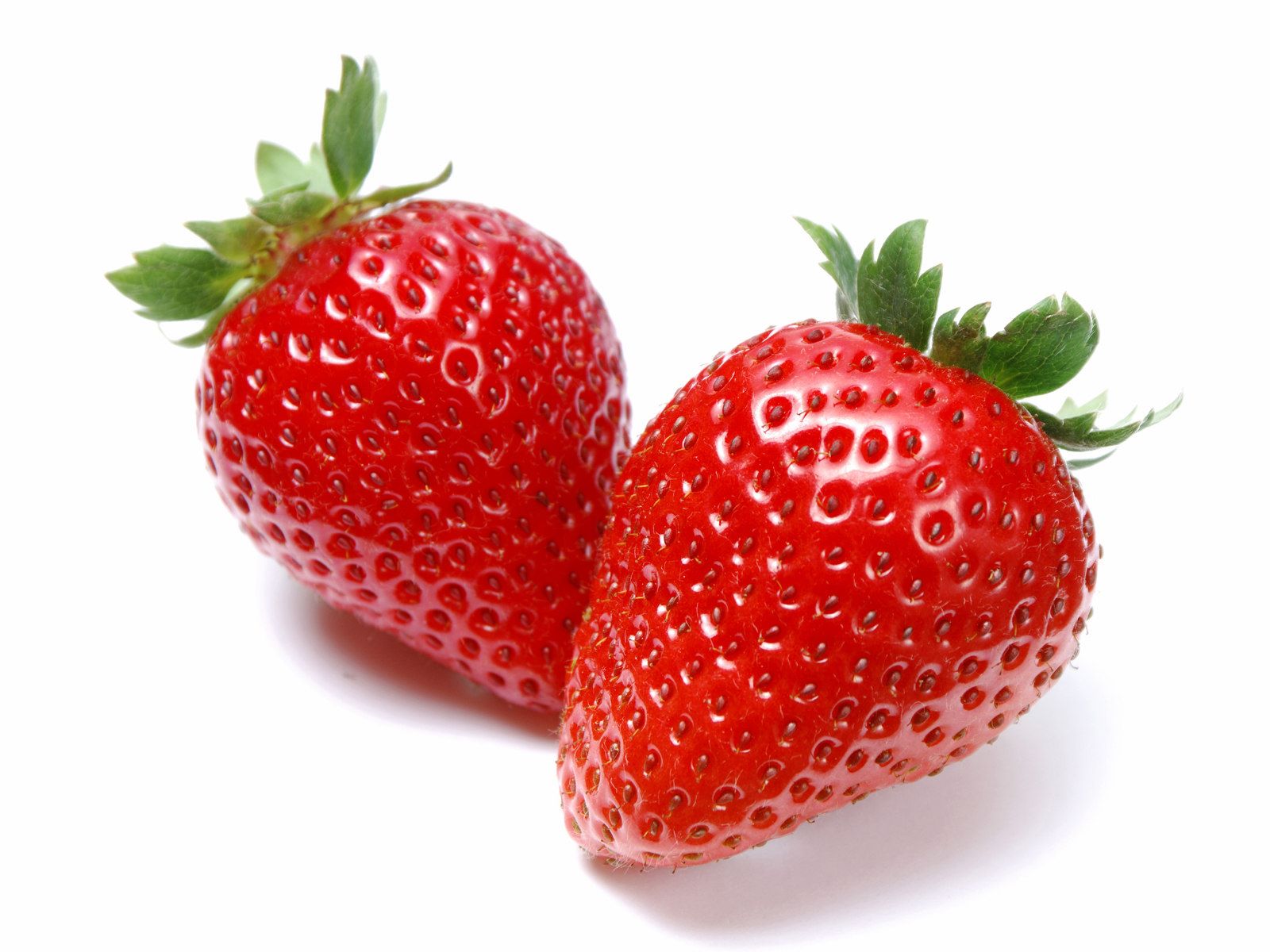
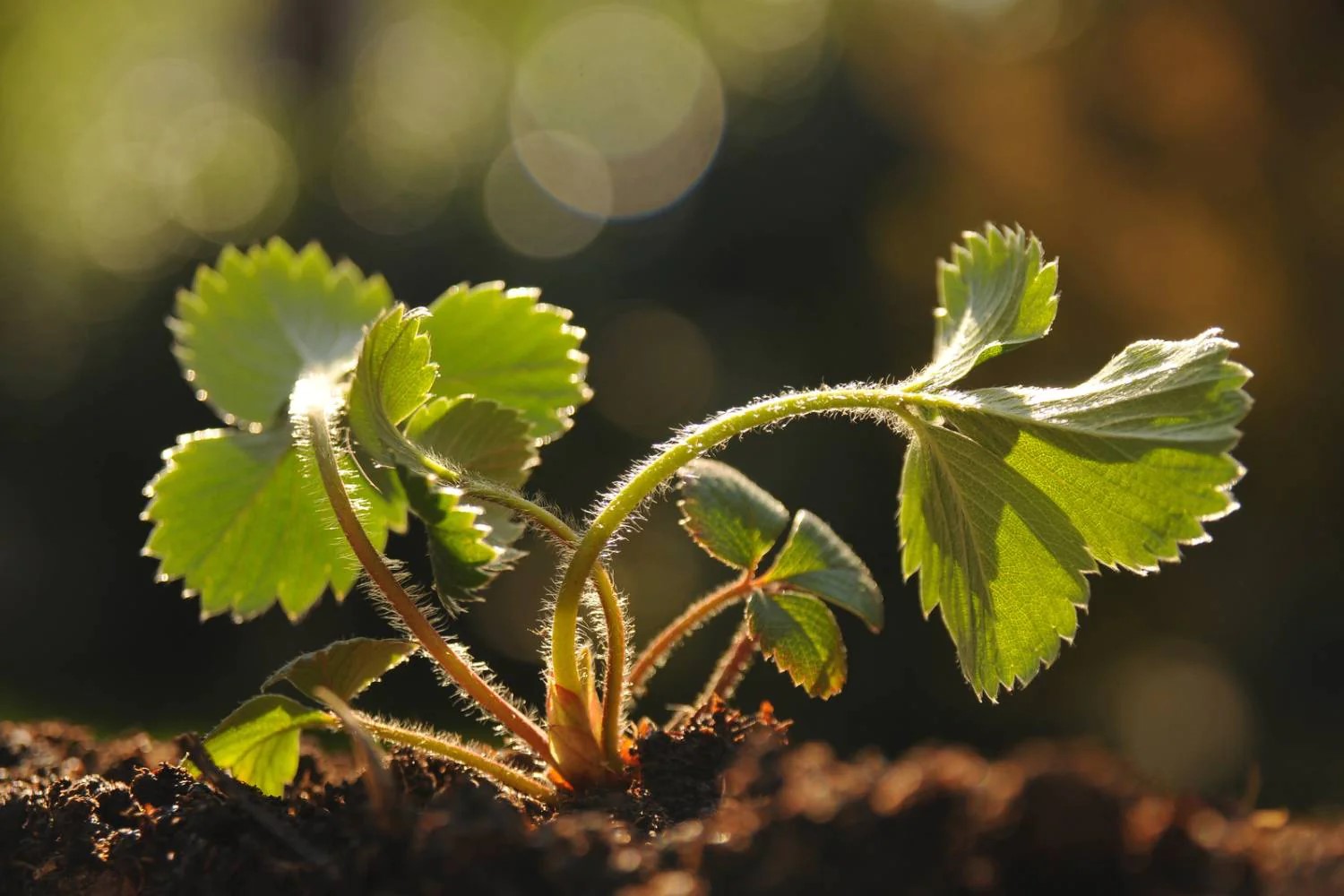
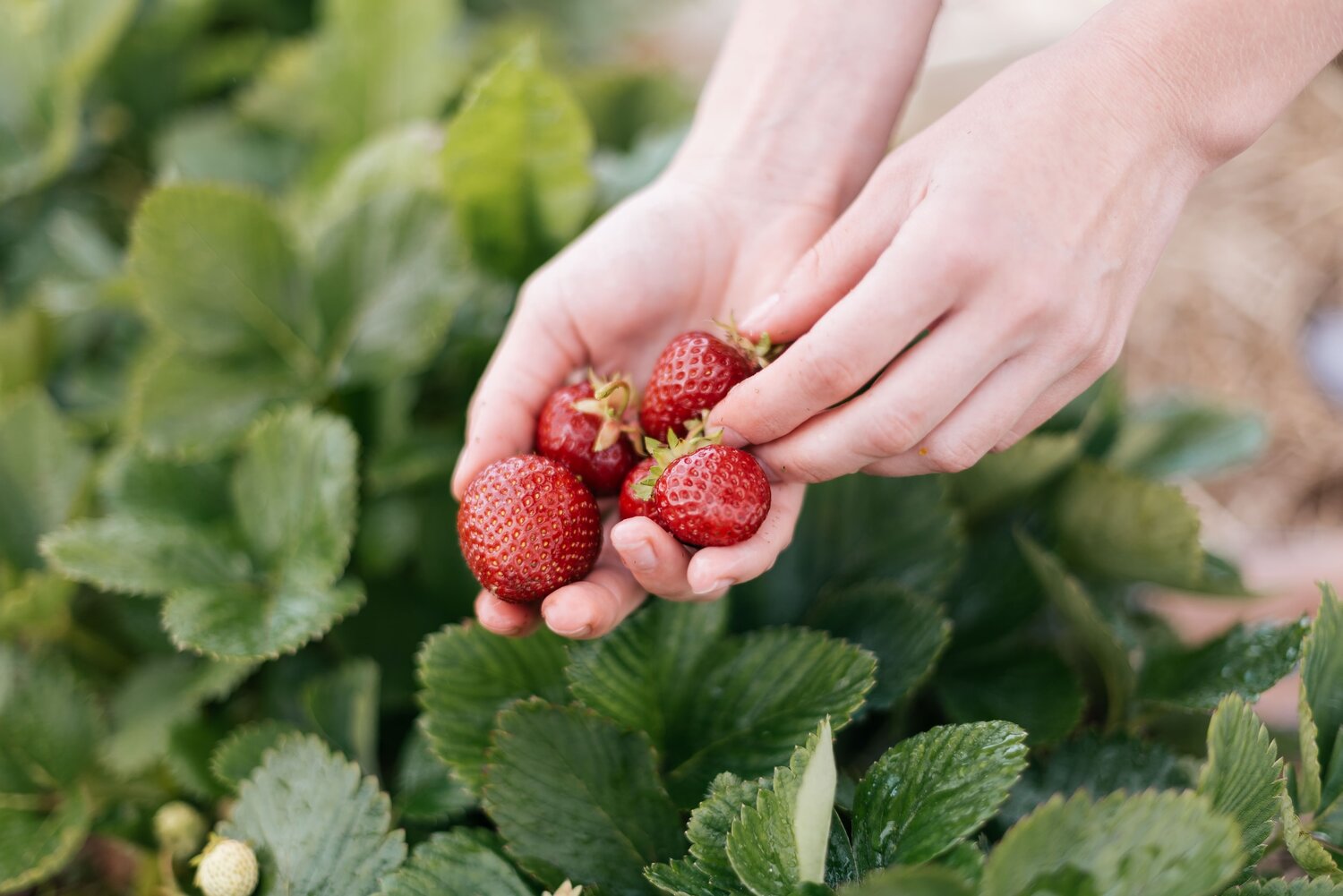
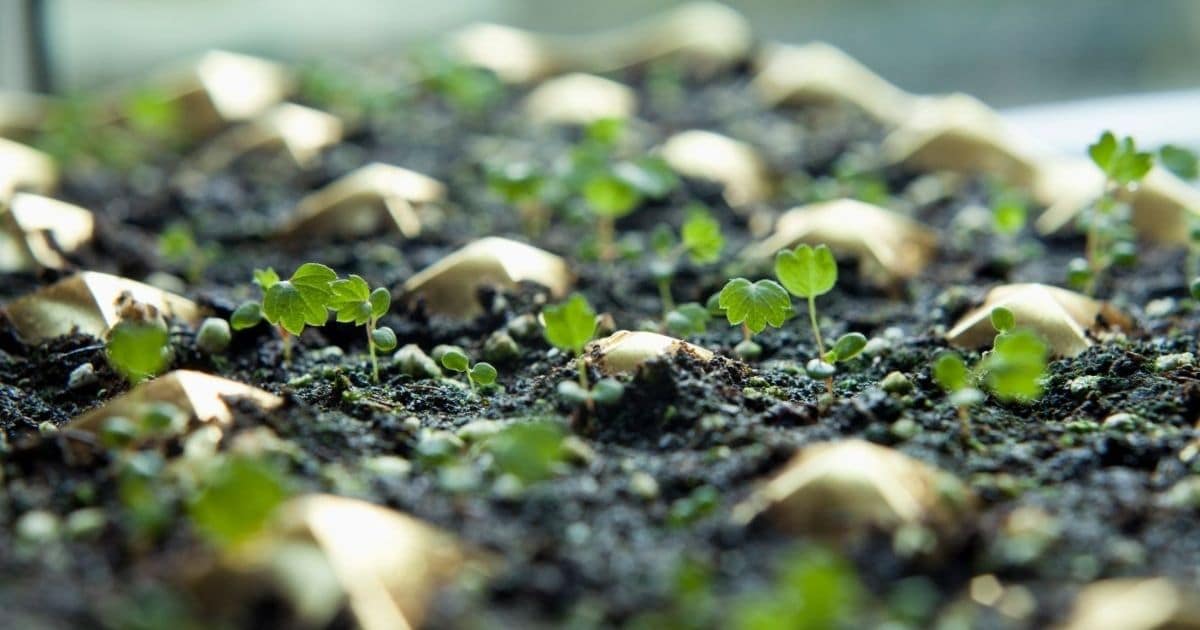
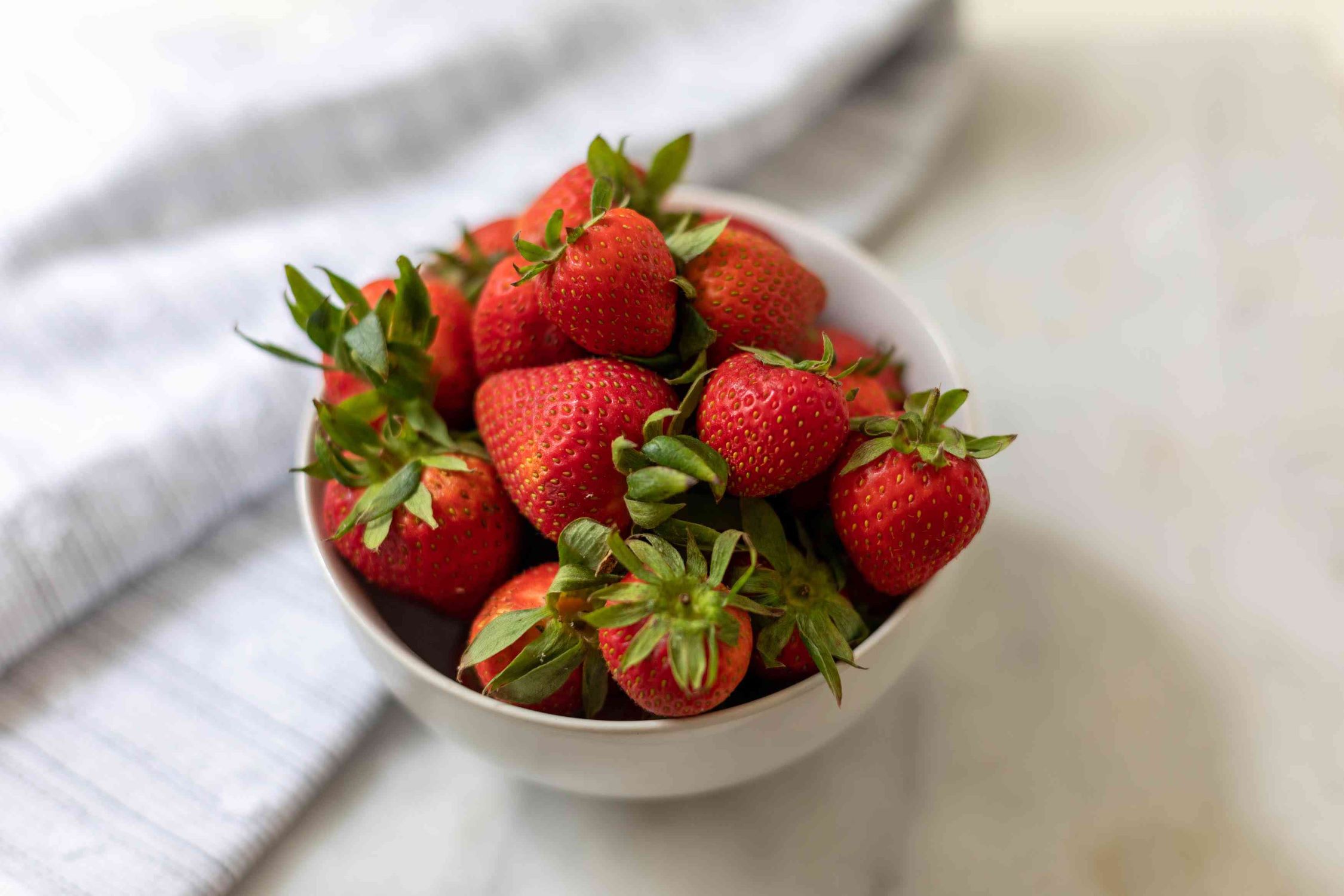
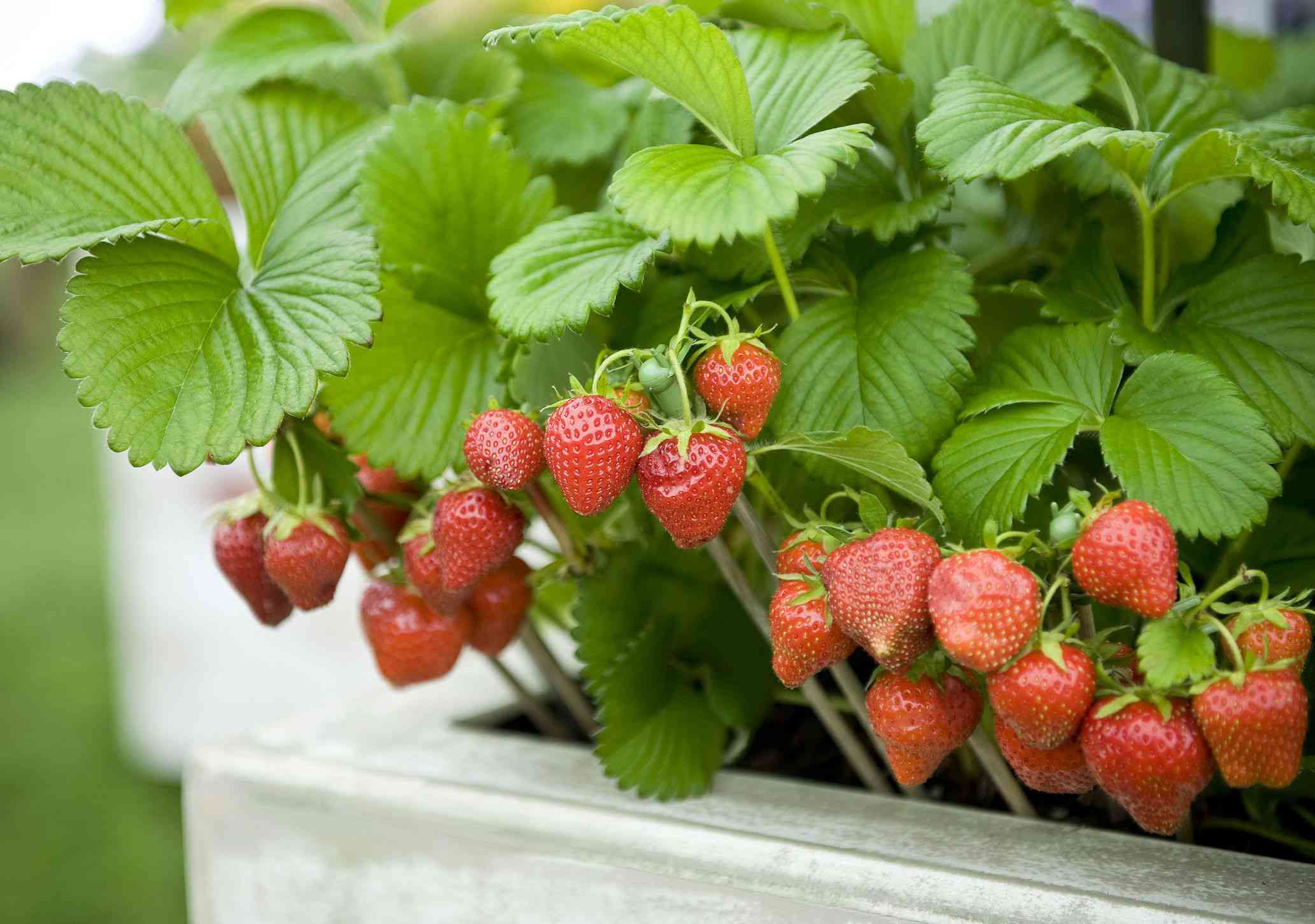
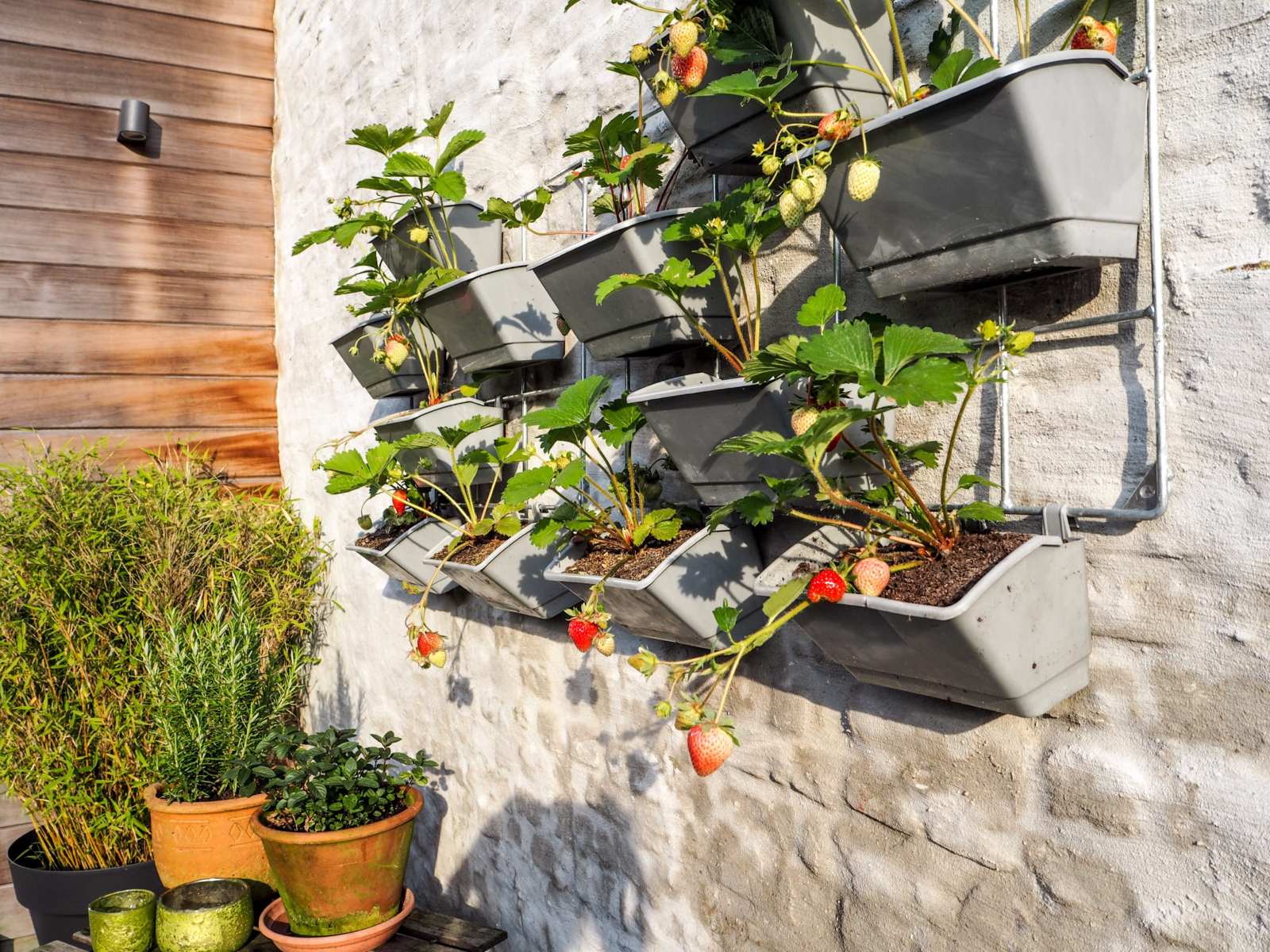
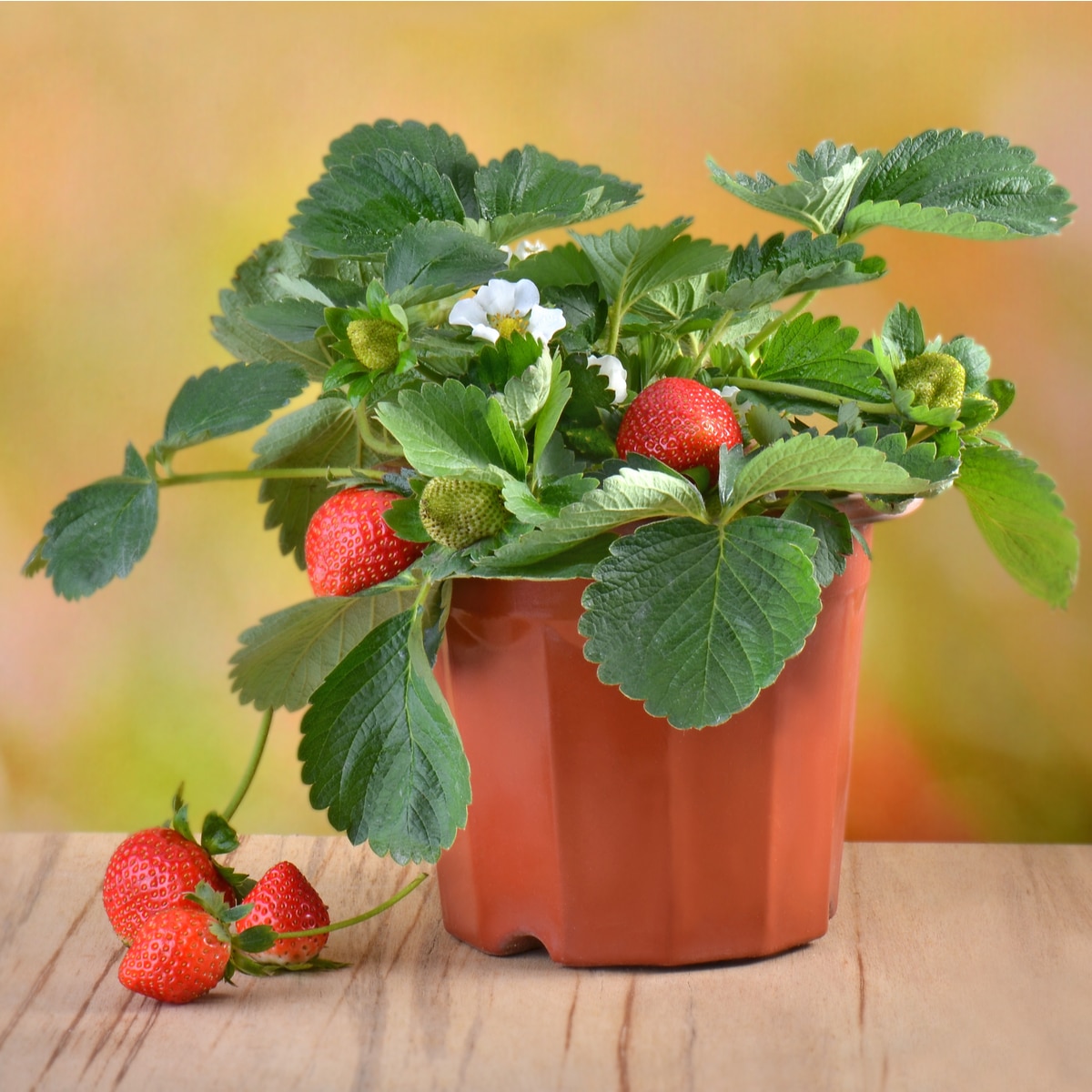

0 thoughts on “How Many Seeds On Strawberry”